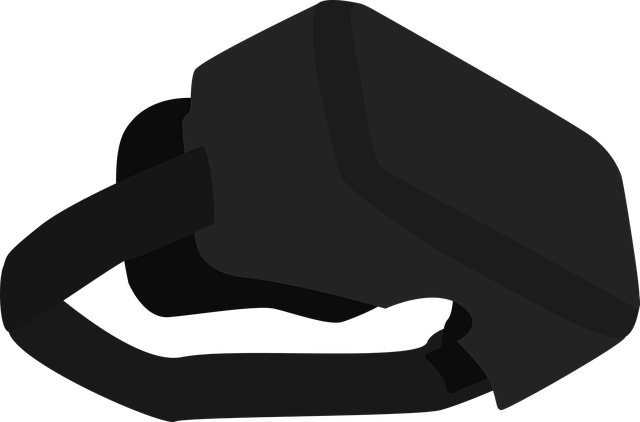When a technician is working on a 2022 Ford Mustang Mach-E and runs into an issue that they and their fellow mechanics can’t solve, they get help from engineers based in Detroit. This is usually done by making a phone call to a tech helpline. Unfortunately, not everything can be done over the phone, especially when it needs the eyes of the engineer who’s helping you. This means sending out a Ford field tech to get hands on with the issue, meaning a customer without a vehicle until they arrive. Fortunately, augmented reality (AR) technology has improved to the point where a technician can wear a headset with a small screen and camera that allows both parties to see the same information simultaneously for improved communication.
Ford is expanding a program called “See What I See” (SWIS, because it wouldn’t be Ford if they didn’t acronym everything a technician touches) to a global solution that’s already seeing use in Canada, South Africa, UK, Puerto Rico, Taiwan, and Australia. The idea is really simple: The tech wears a headset that contains a camera and microphone, and that’s sent to Ford’s Technical Assistance Center (TAC, see what we mean?) in Dearborn, MI. At the same time, the engineer at TAC is able to send images and speak to the tech, showing them enhanced images to help track down and solve issues during a diagnosis.
Ford gives an example of a technician who couldn’t figure out why a vehicle wasn’t able to recognize the low tire pressure sensors and figured out why when the tech with SWIS held up the wrong programming tool. That’s a rather lacking example, as another technician in the next bay would have easily and quickly pointed that out. A better example would be a warranty repair where the engineer needs to see the part in order to sign off on—or deny—the repair. Ford also states a use case for training, where a new technician learns on the spot with a TAC technician or trainer showing the diagnostic steps on the screen.
The biggest draw for Ford in both those cases is travel costs, which anyone who’s had to fly recently knows just how expensive it is to travel across the country right now. The other draw is the reduction of keeping a customer waiting for their vehicle—and potentially their only means of transportation in an area with little to no public transit—on being repaired. The faster the technician can get the repair done, the happier the customer will be and higher the dealership’s CSI scores will be.
Ford isn’t the only OEM looking to use AR for dealership technicians and repairs. Mercedes-Benz is looking at using Microsoft’s HoloLens 2 in a similar fashion. Outside of the OEM dealership level, AR is also being used for independent auto repair shops with major automotive parts and tools manufacturers like Bosch, Snap-On Tools, and others creating AR environments to help those technicians make repairs. The days of a technician calling up their helpline and doing everything over the phone is closing for everyone. AR technology has become more accessible and we’ll all benefit from it by either quicker repairs or lower costs from reduced travel requirements for those techs and engineers.
Source: https://www.motortrend.com/news/ford-augmented-reality-dealer-technician-maintenance/



